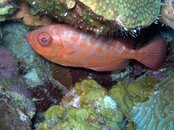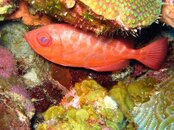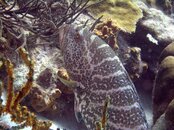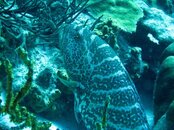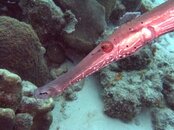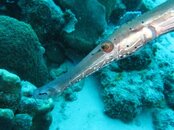Took the Canon A620 to the local quarry to test the new RAW function provided by the hack.
All photos other than the fish, zimmer and reel taken at a depth of 28m (95ft) and visibility no more than 3m - LOTS of silt and algae and very dark. All done on ambient light (no strobe or internal flash)
All taken with 1/40th shutter and white balance set to cloudy. There was no calibration done in the water.
All the after shots are nothing more than the adobe camera RAW functions for white balance, fill light and so on and are compared to the original JPGs off the camera. No other fancy post processing and each one took about 30 seconds to do.
.JPG)
.jpg)
.JPG)
.jpg)
.JPG)
.jpg)
.JPG)
.jpg)
.JPG)
.jpg)
.JPG)
.jpg)
.JPG)
.jpg)
In short thanks to the power of being able to edit the RAW files offering way way more flexibility than the old JPGs i can lock a shutter speed to avoid blur and correct any underexposure fairly well in software. In addition i dont need to recalibrate white balance every 2-3m or so with a slate thus making it far less time consuming.
The hack has given my camera a new lease of life!
All photos other than the fish, zimmer and reel taken at a depth of 28m (95ft) and visibility no more than 3m - LOTS of silt and algae and very dark. All done on ambient light (no strobe or internal flash)
All taken with 1/40th shutter and white balance set to cloudy. There was no calibration done in the water.
All the after shots are nothing more than the adobe camera RAW functions for white balance, fill light and so on and are compared to the original JPGs off the camera. No other fancy post processing and each one took about 30 seconds to do.
.jpg)
.jpg)
.jpg)
.jpg)
.jpg)
.jpg)
.jpg)
In short thanks to the power of being able to edit the RAW files offering way way more flexibility than the old JPGs i can lock a shutter speed to avoid blur and correct any underexposure fairly well in software. In addition i dont need to recalibrate white balance every 2-3m or so with a slate thus making it far less time consuming.
The hack has given my camera a new lease of life!



